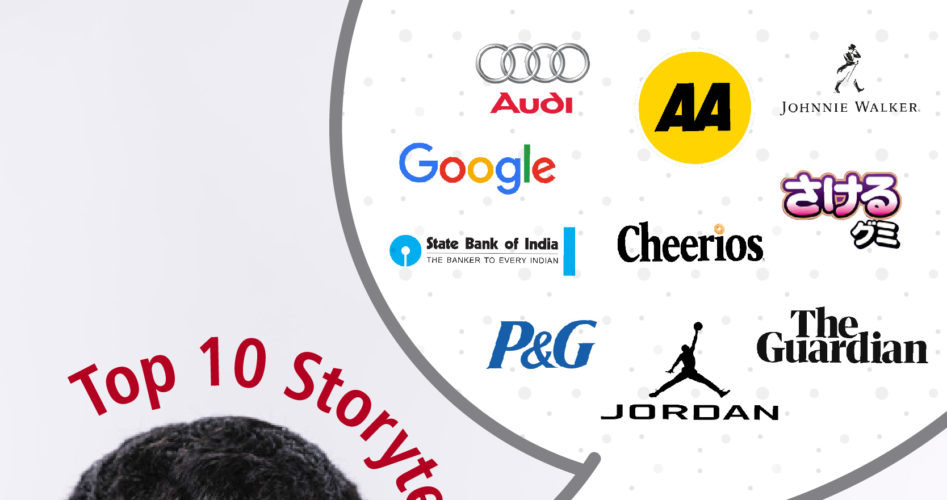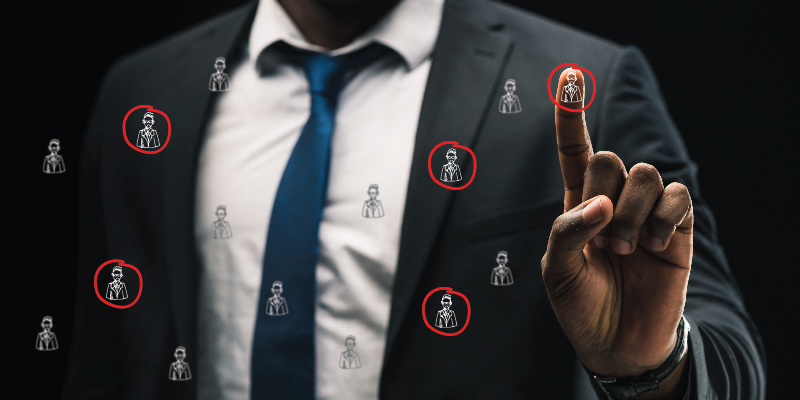In this digital age, word of mouth is more important than ever, as consumers have the ability to influence millions of people around the globe. Every business knows the power of good reviews on social media, but the unlucky few are acutely aware of the impact of a bad one. To stay ahead of the game, digital marketing plan needs to go beyond SEO and SERPs, and venture into the territory of Online Reputation Management (ORM).

What is Online Reputation Management?
Most 21st century businesses know the value of a strong social media presence. It is an important part of any digital marketer’s arsenal because it allows your consumer base to talk to you directly, and more importantly, publically. Unfortunately, the organic nature of this interaction means anything that goes — good or bad — you have no control over it. ORM straddles the line between PR and marketing, helping you manage the masses and drive conversations in a favorable direction.

ORM and Digital Marketing
Setting up social media accounts for your business is easy, but using them to their full potential can be tricky. Without ORM, the best laid plans could be in vain. It can be used to enhance the impact of digital marketing, shaping the brand’s persona in the eyes of its client base. At the same time, it is a highly valuable tool for crisis management.
If your business has an online presence, reputation management can impact your level of sales. Most customers look for more than price and quality when researching a brand or product. They search for intangible traits — customer care, personal values, and ethical practices. If you use digital platforms to project these qualities well, you are more likely to attract loyal customers. Because, the average customer is more likely to choose a brand that has been talked up by their peers. Even something as simple as responding in a helpful and polite manner to a negative comment can position your brand as one that cares for its customers. Twitter provides numerous examples of this as brands interact with their consumer base, moulding their brand image with each tweet. Positive experiences lead to positive reviews, which are your greatest weapons when it comes to attracting new customers.
Then what about bad reviews? These days, one misstep results in a brand torn to shreds online. Reputation management becomes vital in such cases as rumors, stories, and interactions are viewed by millions of people per minute. When something goes wrong, half the world will know about it by lunchtime. In the event of a major public displeasure, a brand can leverage social media to appease the crowd. Crisis management with ORM can take many forms. One way is to moderate search engine results to reflect credible, positive information. Another is to use social media to interact directly with the public. England’s Southern Rails used the latter to great success. The much maligned rail line saw some positive social media response after allowing their 15-year-old intern take over their Twitter account. His witty response helped boost the brand’s image after severe criticisms of disruptions and cancellations by the rail line.
The Takeaway
Even the most digitally-savvy business will find that reputation management is a tool that makes or breaks a digital campaign. It can act as a motor, driving you forward, and as a safety net to help you bounce back after a fall. Search engine optimization and social media marketing bring in potential customers, but it’s reputation management that makes them stay.











